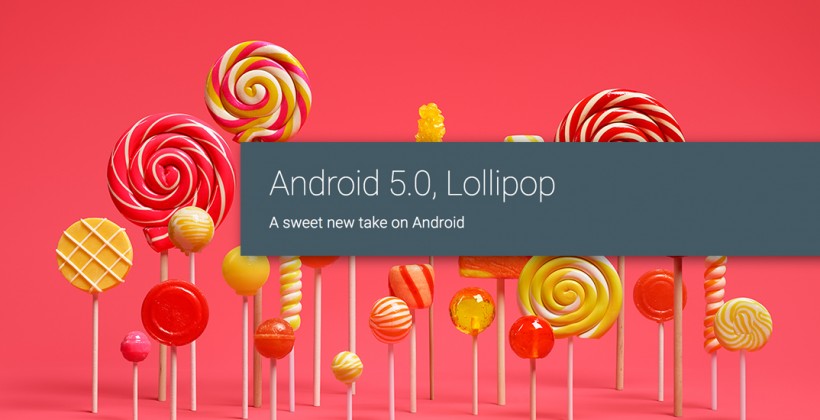Google’s first attempt with the Android One programme didn’t go down as well as it had hoped, but now, the company wants to take another crack at its ultra-low-cost smartphone initiative.
The Android One initiative, Launched last year ,was intended to give Android a new edge in developing economies and give Google more control over how the operating system is used in such areas. Under this initiative, local handset manufacturers agreed to build sub-$100 Android smartphones to a standard specified by Google.
Android One was also Google’s way of ensuring that it controlled the spread of Android in emerging markets. It was a direct counter to low-cost manufacturers in China who use “forked” versions of Android that don’t have Google’s services built in. The hope was that the Android One brand could build consumer confidence and help steer millions in emerging markets towards pure Android devices that plugged into Google’s services and ad network.
Google now reportedly has a new plan for Android One. The Financial Times quoted Rajan Anandan, Google’s managing director in Southeast Asia, as saying that the company is “aiming to launch a $50 phone in the next few years.”
Google is also believed to be creating new apps and services specifically for the Indian market. This hints at the company’s efforts to make its products even friendlier in areas with low-bandwidth Internet access.
After launching a couple of Android One smartphones last year with Spice, Karbonn, and Micromax, the company recently launched a new Android One phone in association with Lava. Priced at Rs 11,349, the Android One-based Lava Pixel V1 didn’t seem to be in line with the original idea of the Android One initiative that attempts to get a firm hold on the low-cost segment of the smartphone market.
With Android One, Google aims to improve the quality of hardware and software by giving handset makers a frame of reference.



